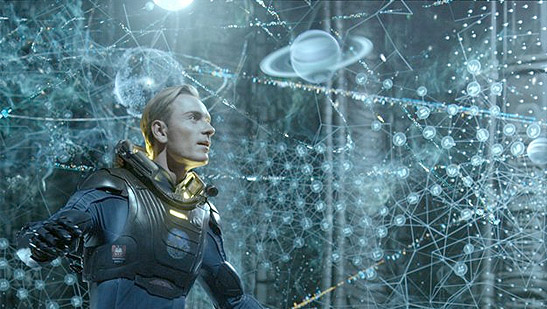TATSUMI
 Wednesday, June 6, 2012 at 5:16AM
Wednesday, June 6, 2012 at 5:16AM Stars: Tetsuya Bessho, Motoko Gollent, Yoshihiro Tatsumi and Mike Wiluan.
Writer/Director: Eric Khoo
Running time: 96 minutes
SYDNEY FILM FESTIVAL Screenings – Wed 6 Jun 8.45pm; Sat 9 Jun 7.30pm.
Rating: 4.5/5

Singaporean animator Eric Khoo has crafted a stunning biographical portrait of gekiga master Yoshihiro Tatsumi. In this at times jaw-droppingly beautiful work, Khoo has captured the life journey of an extraordinary talent while, at the same time, firmly establishing himself as same.
‘Gekiga’ works, quietly appearing in the late 1950’s, were cartoon stories for adult readers that immediately drew the ire of moral crusaders. Tatsumi’s books was celebrated by underground followers through the radicalized 60s, though rarely given its full credit until well after the artist had reached middle age. Khoo’s film will go a long way to immortalizing Tatsumi’s skill as both a disciplined exponent of a unique artform and a biting commentator on the progress of his homeland as it rebuilt. His dark slices of sad life, of the disenfranchised and the hopeless, of a land and population exploited by the might of a conquering force, are some of the most profound records of a difficult time in a nations rebirth.
Utilising Tatsumi’s autobiography A Drifting Life as the basis for a study of the man and his art, Khoo intercuts short vignettes that capture the formative years of the now 76 year-old’s life with graphic manifestations of some of his most famous works. Of those, the sepia-toned ‘Hell’, an account of a young wartime photographer and his experiences documenting the horrors of Hiroshima in the days after the A-bomb dropped, is perhaps the most challenging.
All the self-contained short-stories possess their own dark charms; the others are based on works entitled Beloved Monkey, Just A Man, Good-Bye and Occupied. They reflect Tatsumi’s years as a young man in a post-war Japan struggling to recapture its traditional honour and social structure. The decline and demise of the unskilled, damaged young man whose life is deemed worthless by the state; a prostitute whose sense of self is so decrepit she beds her father as the final act of defiance against honourable traditions; and, most tellingly, the cartoonist whose work so riles the establishment he is reduced to scribbling his art on public bathroom walls
In addition to the animation sequences (overseen by Singapore-based ex-pat Phil Mitchell), a coda provides footage of the man today and the methods he utilises to bring his detailed worlds to life; Tatsumi himself narrates key passages of Khoo’s film. The overall impact is one of the art reflecting upon the artist, of characters chronicling the formation and maturation of their creator. Khoo has honoured a true national treasure by masterfully mimicking the stylings by which the artist is best-known; it will be a deeply affecting introduction to the works of Yoshihiro Tatsumi for many whose exposure to manga animation has been limited to countless variations on neo-noir steam-punk themes and white-pantied teen-girl fetishism.









